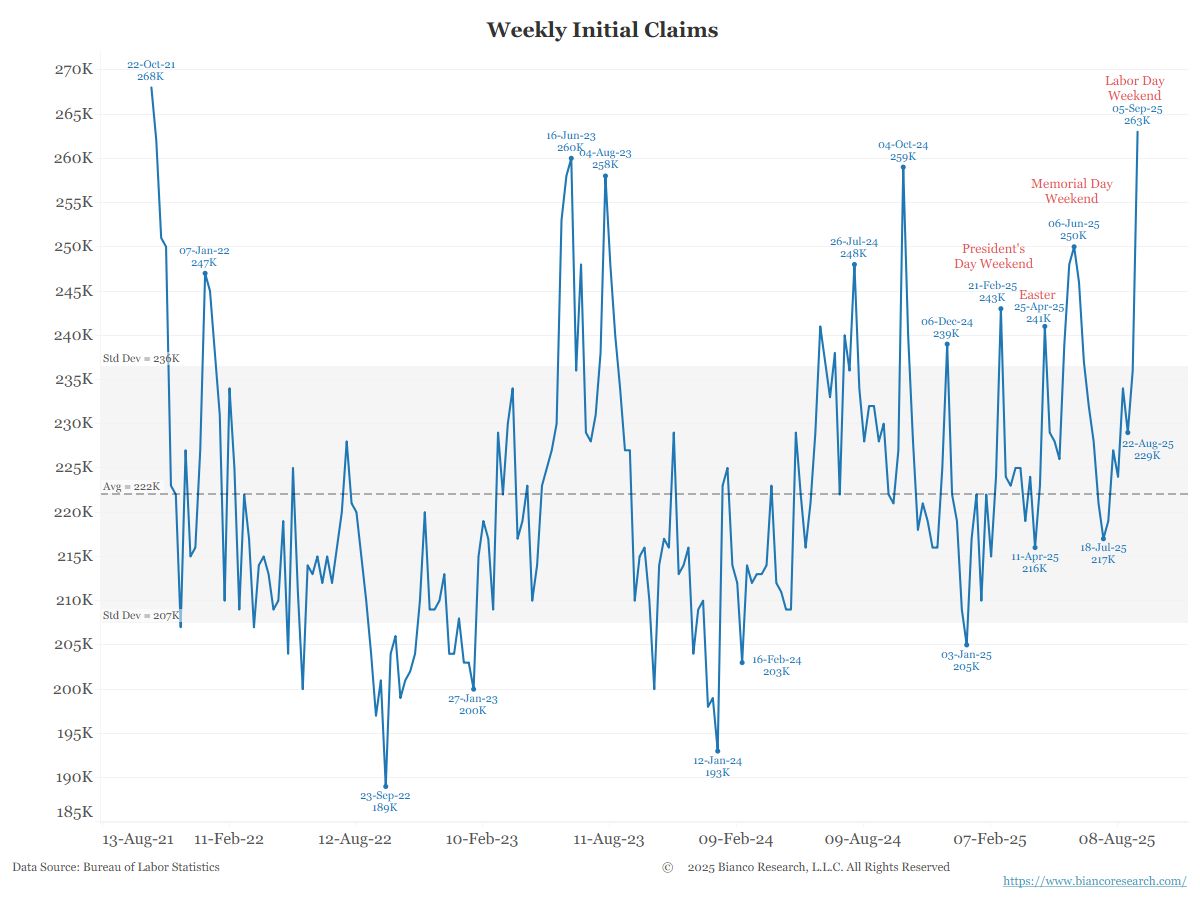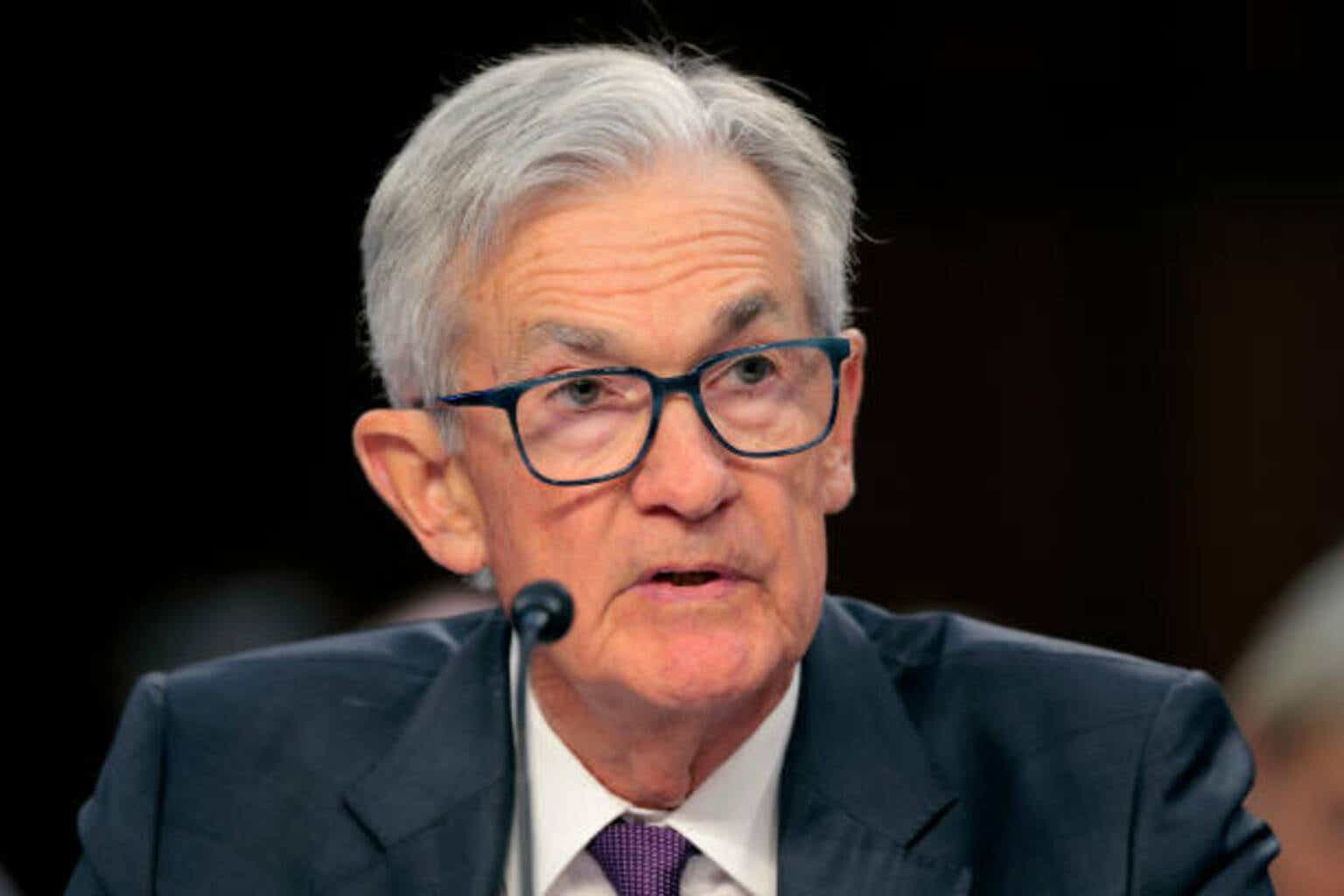There have been a lot of red faces in the asset management industry lately, with Tiger Global alone incinerating almost $18bn in 2022. But you know who really sucks at investing? Central banks.
Take the Federal Reserve, for example. Chair Jay Powell had the Fed gobbling up almost every bond in sight ($4.5tn worth) at the start of the pandemic while rates were already close to all-time lows. There was only one way for yields to go. What was he thinking?
Unsurprisingly, the Fed’s portfolio has stunk. The Fed’s last financial update, in September 2022, reveals paper losses of almost $1.3tn during the first three quarters of that year. Since then, 10-year Treasury yields have round-tripped from around 3.5 per cent to 4.25 per cent and back, suggesting the losses may be similar today.
And that’s just the Fed’s mark-to-market losses on its portfolio, the SOMA (System Open Market Account).
The Fed’s net income — mainly, the difference between what the Fed earns on its bond portfolio, and what it pays out to commercial banks on their reserves at the Fed — has also turned deeply red. The US central bank is now losing around $1bn per week.
In 2023 the Fed is likely to turn in its first annual operating loss since 1915.
The Fed is not unique, however. All major central banks have haemorrhaged enormous mark-to-market losses over the past year. The Swiss National Bank is sitting on paper losses of $143bn. The Bank of England’s hole is over $200bn. At the Bank of Canada, it’s $26bn. Some estimate the ECB’s loss around $800bn.
Most are also operating at a loss. And as the governor of the Dutch National Bank spelt out in a letter to his Ministry of Finance, losses are especially acute where credit quality is high:
“All central banks implementing purchase programmes, both in the euro area and beyond, are facing these negative consequences . . . Losses are greater for national central banks that have purchased bonds from governments that enjoy relatively high credit ratings . . . After all, government bonds from these countries carry the lowest interest rates and are therefore more likely to be loss-making when financing costs rise.”
In normal times, most central banks remit their profits to their finance ministries. Amid losses, many have now stopped paying those dividends. Daniel Gros from the Center for European Policy Studies therefore argues that it is now clear that QE was “a colossal mistake” that “carried serious fiscal risks, which are now being realised as interest rates rise”. Is that true though?
Those fiscal risks are two-fold. First is the balance sheet risk: the bonds that central banks hold have plunged in value. The second is an income statement problem: central banks are sustaining operating losses. In both cases it’s reasonable to wonder about the risks these losses portend for the taxpayer.
But, upon closer inspection, it looks like . . . none of it matters?
Take the balance sheet issue. As the Fed itself points out, since the securities in the SOMA are held to maturity, it doesn’t matter if they are underwater when marked-to-market:
“ . . . as interest rates rise during a period of normalization of the stance of monetary policy, the market value of the portfolio is likely to fall, and it is possible that this could result in unrealized losses on the SOMA portfolio. Nevertheless, even if these unrealized losses are large, they will only affect income if and when assets are sold from the portfolio.”
The Fed reports mark-to-market losses for the sake of transparency, but in practice employs amortised cost accounting (not the GAAP accounting that corporations use).
The Fed books bond prices at the level they were bought, plus or minus their pull-to-par — typically very small for the investment-grade bonds that the SOMA is stuffed with. The Fed is only very rarely a seller of bonds before maturity; it doesn’t face margin calls and it shrinks its balance sheet by letting securities mature, not by selling them. Those huge mark-to-market losses? They’re never actually realised.
But what about that massive (fiscal) sucking sound from the Fed’s negative net income? As the boffins at Brookings have written, there are three reasons recent Fed losses are not a net burden on the taxpayer (FTAV’s emphasis below):
“First, even if QE leads to Fed losses in some periods, it will likely also boost Fed profits in other periods. Thus, the losses in a given year may simply offset a portion of the profits in other years, leaving the overall effect on Fed income positive.
Second, the Fed does QE to put downward pressure on longer-term interest rates. Thus, if the policy is effective, QE will reduce the interest that the Treasury pays on its long-term debt. So even if the Fed has losses over time on its holdings, there may be no net loss for the Treasury and thus for the taxpayer.
Third, the easier financial conditions caused by the QE help boost output and employment — indeed, that is the point of conducting QE when the Fed’s short-term policy rate is constrained by its lower bound. But higher output and employment increase tax revenues and reduce government expenditures on safety net programs. Thus, the net effect of QE on the budget can be positive even if the Fed has losses for a time.”
In other words, although it is fun to imagine central banks as big dumb bond funds, they’re not. And it is silly to look at any losses now in isolation from profits they made in other years.
The data bears this out., Even when looking only at the profits the Fed remits to the Treasury — and ignoring the broader macroeconomic benefits — the Fed has racked up operating losses of $24bn since August 2022, but earned the Treasury $869bn in the prior decade.
It’s obviously not a great look for the Fed to approach Congress cap-in-hand to ask for funding, most of which goes towards paying commercial banks interest on their reserves. The creative accounting also renders this kind of a non-issue.
In times like these, when the Fed is sustaining losses, it merely sweeps these into a “deferred asset”, a kind of IOU to the government. From the Financial Accounting Manual for Federal Reserve Banks:
If a Reserve Bank’s earnings are not sufficient to provide for the costs of operations, payment of dividends, and maintaining surplus at an amount equal to the Bank’s allocated portion of the aggregate surplus limitation, remittances to the Treasury would be suspended. A deferred asset is recorded in this account, and this debit balance represents the amount of net earnings the Reserve Bank will need to realize before remittances to the Treasury resume.
That’s not to say there is no fiscal angle here. Although this IOU doesn’t factor into the calculation of the federal deficit, the government will have to find new revenue to replace the erstwhile remittances from the Fed.
But as the Fed income moves into the red, the payments don’t reverse direction: the central bank won’t receive payments from the Treasury, it will cover its operating losses via increases in reserves (AKA “printing money”). The inflationary impact of all this money printing is sterilised, since the “deferred asset” needs to be extinguished by future income. The Fed forecasts that this will happen in 2026.
There are two things to note at this stage. First, not all central banks operate this way. In the UK, for example, the BoE’s losses on its Asset Purchase Facility (APF) are indemnified by the Treasury, and payments are a two-way street — the direction of flows depend on whether the APF is operating at a profit or a loss. As of November 2022, the UK Treasury had sent £11bn to the central bank to cover the facility’s losses.
Second, there are theoretical scenarios where this creative accounting gets out of hand. Looking at the Fed again, one could imagine losses ballooning and the deferred asset metastasising to such a degree that the Fed has to flood the system with reserves. That could push the central bank into a doom-loop of ever-higher interest payments to depositor banks. This would, at the very least, impinge on its ability to carry out monetary policy.
However, for an institution that’s typically levered with gobs of free money ($2trn of currency in circulation and rising), it is an incredibly unlikely danger. As Robert Hall and Ricardo Reis argued back in 2015: “The risks to financial stability are real in theory, but remote in practice.”
We conclude that central banks with inappropriate dividend rules may face the risk of reserve explosion, and that this may happen under a variety of scenarios. But we also conclude that the risks of this happening to the Fed and the ECB are remote and that losses can be managed by a temporary buildup of reserves that is reversed well before the next major adverse shock is likely to occur.
So, the SOMA’s market value doesn’t matter, since it’s all held to maturity. And, absent a need to remit funds to the Treasury, the Fed’s operating income losses also don’t matter.
As an investor, the Fed is essentially a closed-end fund operating with leverage so cheap it would make a hedge fund manager’s weep with envy. These structural advantages mean it is usually highly profitable. But because the Fed also has a wider mission — and a monk’s indifference to profits — it will sometimes suffer huge losses.
In the Fed’s own language:
While the expansion of the Fed’s balance sheet in response to the pandemic may have increased the risk of the Fed’s net income turning negative temporarily in a rising interest-rate environment, the Fed’s mandate is neither to make profits nor to avoid losses.
In other words, the Fed’s mission is to maximise employment and safeguard price stability. If that entails the central bank buying a truckload of bonds right before a generational sell-off — losing a trillion or so in the process — so be it.


















